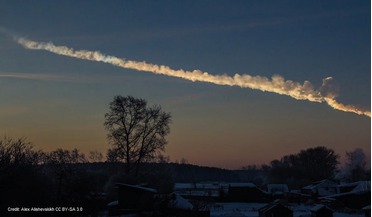 June 2015
Finding asteroids before they find us
June 2015
Finding asteroids before they find us
... than one percent of asteroids, or about 10,000 that cross Earth’s orbit that are larger than that of Tunguska, while we estimate about one million such asteroids in dangerous orbits actually exist. The Sentinel mission will...
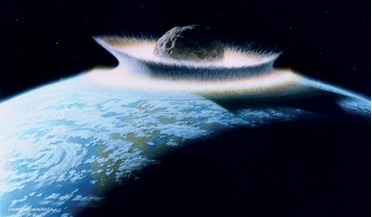 October 2015
From NEOs to real action: testing asteroid impact scenarios
October 2015
From NEOs to real action: testing asteroid impact scenarios
... analysis was that the object would almost certainly explode in the atmosphere as an airburst, much like the Tunguska explosion in 1908. At the widest point, the area would be mostly impacted by wind speeds of 15-20 metres per second...
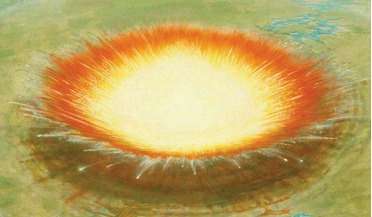 February 2016
Protecting Earth from cosmic disasters
February 2016
Protecting Earth from cosmic disasters
... DCB’s journey in the atmosphere, as was noted above, may end in an explosion above Earth’s surface (like the Tunguska meteorite), on the surface or in water. It will be accompanied by a wide spectrum of damage effects - blast wave, thermal radiation...
 June 2020
Saving Earth – time for a new cooperative framework
June 2020
Saving Earth – time for a new cooperative framework
.... The search process is currently designed to find asteroids that are 140 m across, but we know from the Tunguska event in Siberia in the early 20th century that an asteroid about 40 m in size (or about a tenth the mass of a 140...
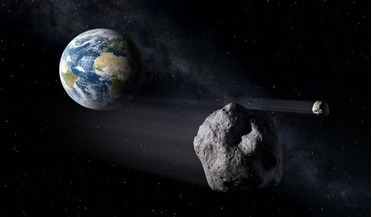 25 April 2016
Near-Earth asteroid population smaller than thought
25 April 2016
Near-Earth asteroid population smaller than thought
...for potential impacts by an asteroid of equivalent size. As the asteroid that flattened over 2000 square kilometres in Tunguska was estimated to be only 60 metres in diameter, it will fall to telescopes that study different wavelengths of light, such...
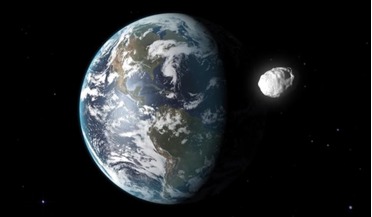 30 June 2019
Asteroid day 2019
30 June 2019
Asteroid day 2019
... are scheduled during the week of 30 June, the date of the largest asteroid impact of Earth in recorded history (Tunguska). In just five years, Asteroid Day has evolved to include the participation of all major national space agencies...